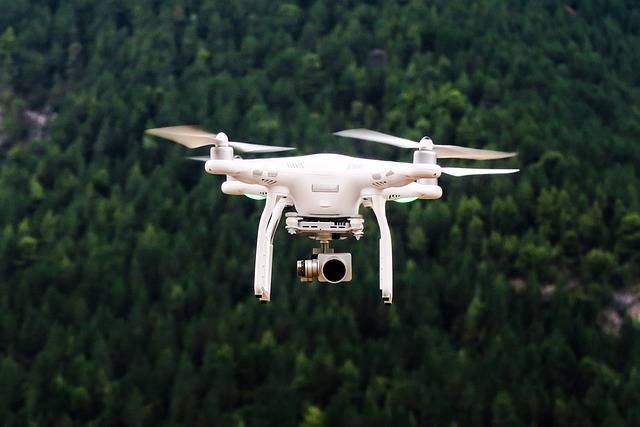Exploring Drone Altitudes: Unveiling the Heights
Drones, those marvels of modern technology, have rapidly become pivotal in numerous fields. As they buzz through the sky, the question often arises, how high do drones fly? This query not only excites aviation enthusiasts but also concerns companies utilizing drones for various applications.
Drone Altitude Regulations
When discussing drone flight heights, one must first consider regulations. Various countries have established aviation laws dictating maximum allowable altitudes. In the United States, for instance, the Federal Aviation Administration (FAA) restricts drone flights to a maximum of 400 feet above ground level unless special exemptions are granted.
- The UK has similar rules, enforcing altitude limits to ensure safety.
- Other regions have guidelines tailored to fit local needs.
These regulations ensure a balance between drone utility and airspace safety.
Factors Influencing Drone Flight Altitudes
The permissible flight altitude for drones is not solely determined by legal boundaries. Several intrinsic factors also play a role. Here are notable ones:
- Drone Model: Different models have diverse flight capabilities with some commercial drones reaching heights up to several kilometers.
- Purpose of Flight: Whether for photography, surveillance, or research, the intended use influences the desired altitude.
- Weather Conditions: Strong winds and changing atmospheric pressure can affect maximum achievable altitude.

Understanding these factors is crucial for optimizing drone performance while remaining compliant with regulations.
Commercial vs. Consumer Drones
Drones fall into categories, primarily commercial and consumer drones.
Commercial drones, used for industries like agriculture and filmmaking, tend to have advanced systems allowing higher altitudes.
Consumer drones, in contrast, prioritize ease of use over altitude capabilities, often peaking at 4,000-6,000 feet depending on design. Users should always resort to manufacturer’s manuals to ensure safe operational practices.
High-Altitude Applications
Drones at high altitudes serve numerous impressive functions. From earth observation to meteorological studies, they provide invaluable data. Such capabilities make them indispensable in disaster management, enabling rapid assessment of rugged terrains. Additionally,
- Scientific Research: Drones assist in gathering atmospheric data.
- Environmental Monitoring: Elevated flights help track wildlife and forest dynamics.
This versatility is why pushing the boundaries of drone heights continues to mesmerize technologists.